We rank the single-best seasons of modern-era players
To mark the 50th playing of the Players Championship, the founding of which in 1974 coincided with the dawn of what we might call golf’s modern era, we crunched some numbers. Our goal was singular: to rank the 50 best players of the past five decades by their best single season.
Why, you say? Isn’t longevity and the breadth of a player’s accomplishments more important? Isn’t Jack Nicklaus placing fifth on any list of golfers inherently absurd? Sure, but finding new ways to identify greatness across eras is an inescapable part of being a golf fan. Weighted most heavily towards performance in majors (acknowledging our “big-game hunters”), our formula also accounted for total wins, top 10s, scoring titles and player-of-the-year awards. We also gave a slight advantage to players who won in multiple countries, denoted by our “global conqueror” icon. Strength of the competition was not factored because, after all, you can beat only what’s in front of you.

What follows are golf’s Roman candles. There’s something deeply compelling about considering who burned brightest when.
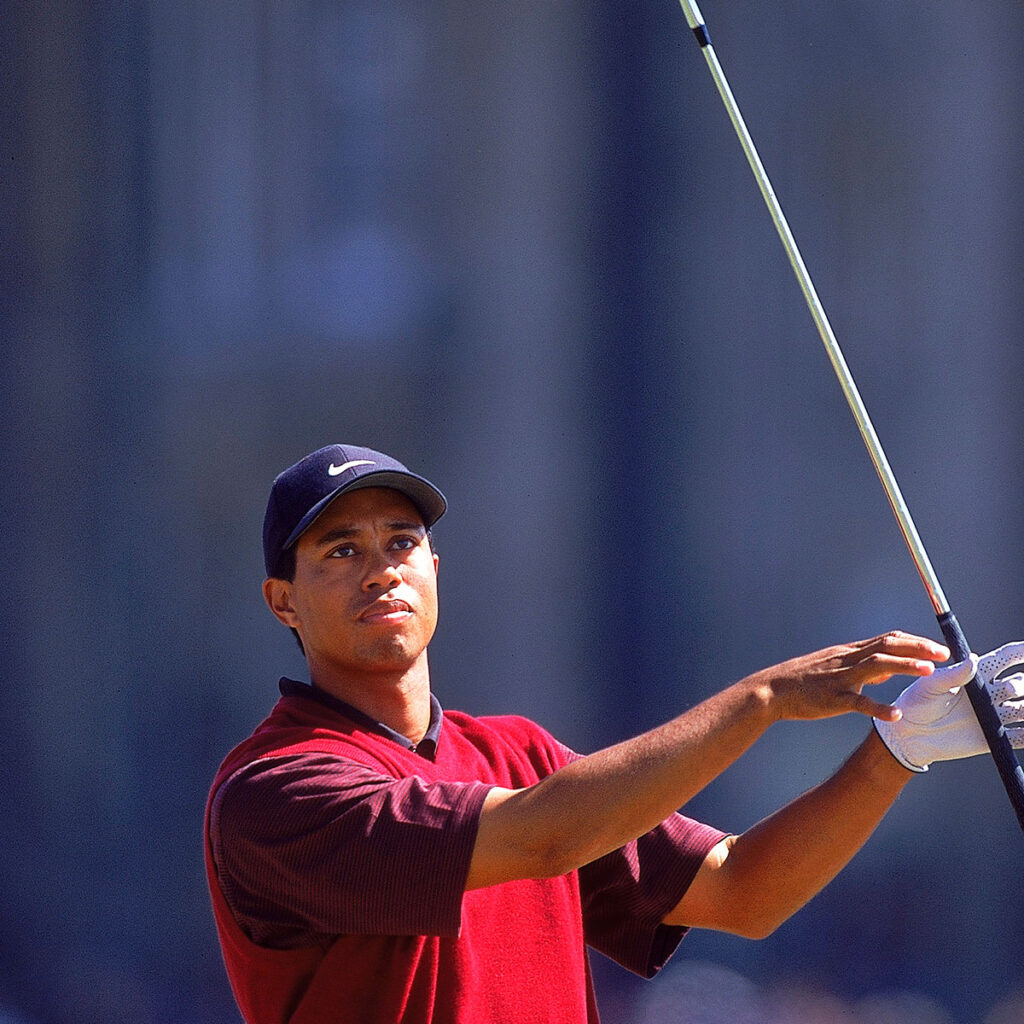
01: Tiger Woods (2000)
Exhibit A of the case for Tiger Woods as the best golfer of all time is his 2000 season. Winning every major but the Masters for 10 total victories and a record-breaking PGA Tour scoring average of 68.17, Tiger crushed the spirits of fellow competitors in a way no other player has come close to matching.


02: Tom Watson (1977)
His 1977 season signalled a new era. A complete player through the bag, Watson outduelled Jack Nicklaus in two majors that year – the Masters and Open Championship – and won the first of his four consecutive player-of-the-year honours.

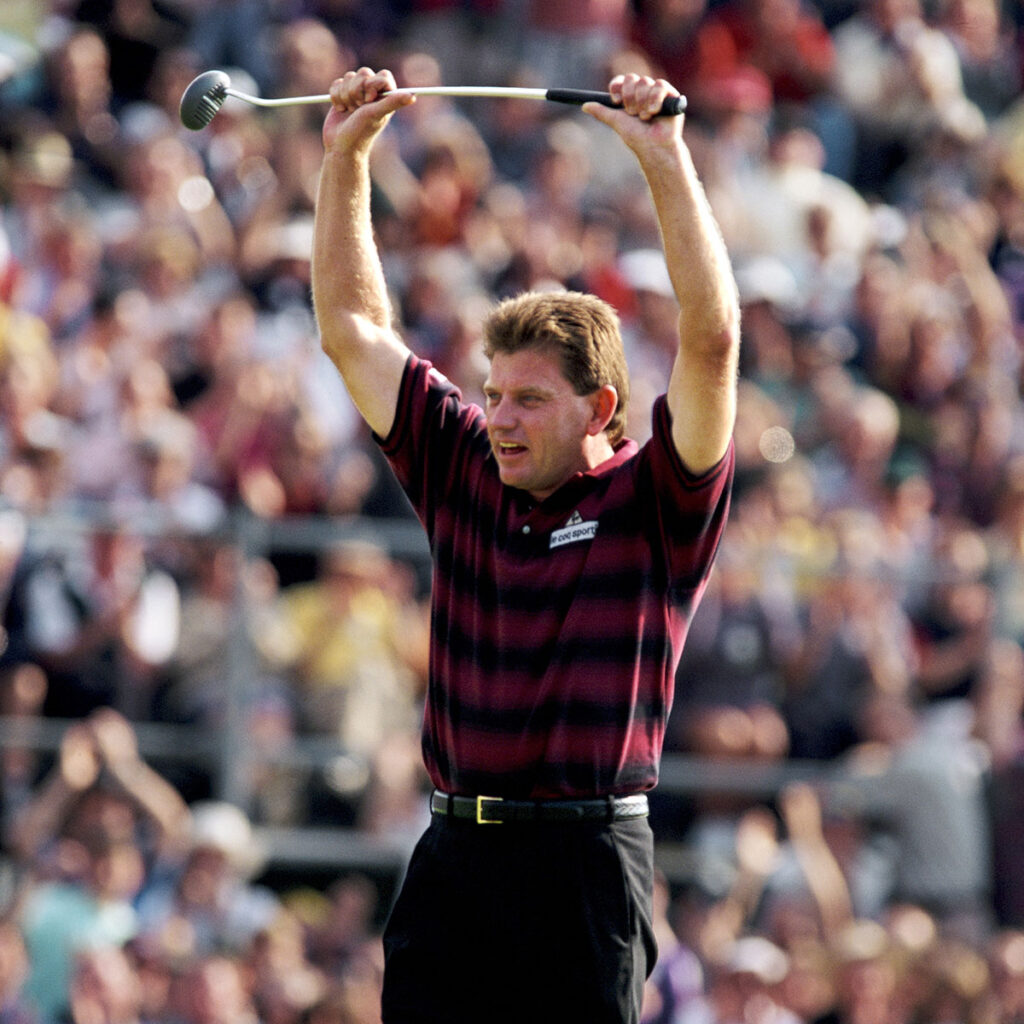
03: Nick Price (1994)
His 1977 season signalled a new era. A complete player through the bag, Watson outduelled Jack Nicklaus in two majors that year – the Masters and Open Championship – and won the first of his four consecutive player-of-the-year honours.


04: Jordan Spieth (2015)
Spieth came within four strokes of the Grand Slam and won the Tour Championship. He had a magical ability to make crucial mid-range birdie putts. He ranked first on tour in putting between 20 and 25 feet with a 25 percent make rate, helping him one-putt a tour-leading 44 percent of the time.


05: Jack Nicklaus (1975)
It’s hard to pinpoint one season in which Jack was at his best, but 1975 might have been it. Astonishingly long off the tee and deft with his putter, Nicklaus, 35, finished in the top 10 in 14 of 16 events, won two majors and extended his made-cut streak to a then-unthinkable 91 tournaments.


06: Rory McIlroy (2014)
He went winless in 2013 after a high-profile equipment switch to Nike, but during the latter part of 2014 McIlroy found his game, winning four times from May through August, including a WGC title and the final two majors of the year.


07: Greg Norman (1986)
It’s amazing that Norman’s signature season comes with a twinge of disappointment: 1986 was the year of the “Saturday Slam” in which Norman led all four majors through 54 holes. It was also the year Norman refined his raw potential and transformed himself into the leading man of his era.


08: Vijay Singh (2004)
With Tiger Woods struggling after a swing change, Vijay Singh outworked and outplayed everyone, piecing together one of golf’s best seasons. Singh had nine wins, including the PGA Championship, despite losing strokes to the field on the greens (Strokes Gained/Putting -0.09).

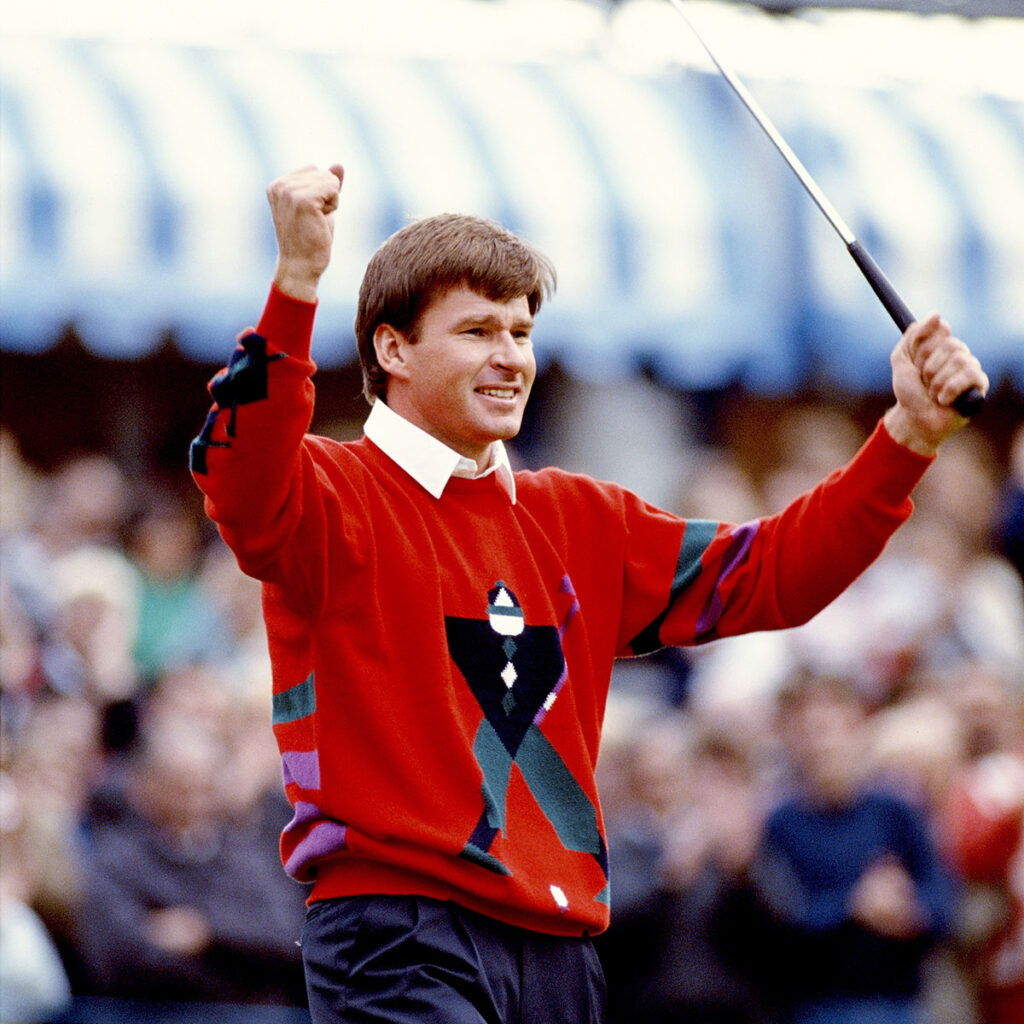
09: Nick Faldo (1992)
He won more majors in 1990, but 1992 was when Faldo won regularly. He used his accurate and steady ball-striking to set the 36-hole scoring record en route to winning his third Open Championship and set the record for worldwide earnings with 1.6 million British pounds.


10: Ernie Els (1994)
Before Tiger, there was Ernie, the first of a new breed of modern golfer who tamed the mighty Oakmont with his smooth speed. Els would transform into an even better golfer in later years, but by then big wins were harder to come by: he finished second to Woods, Mickelson or Singh in majors four times.

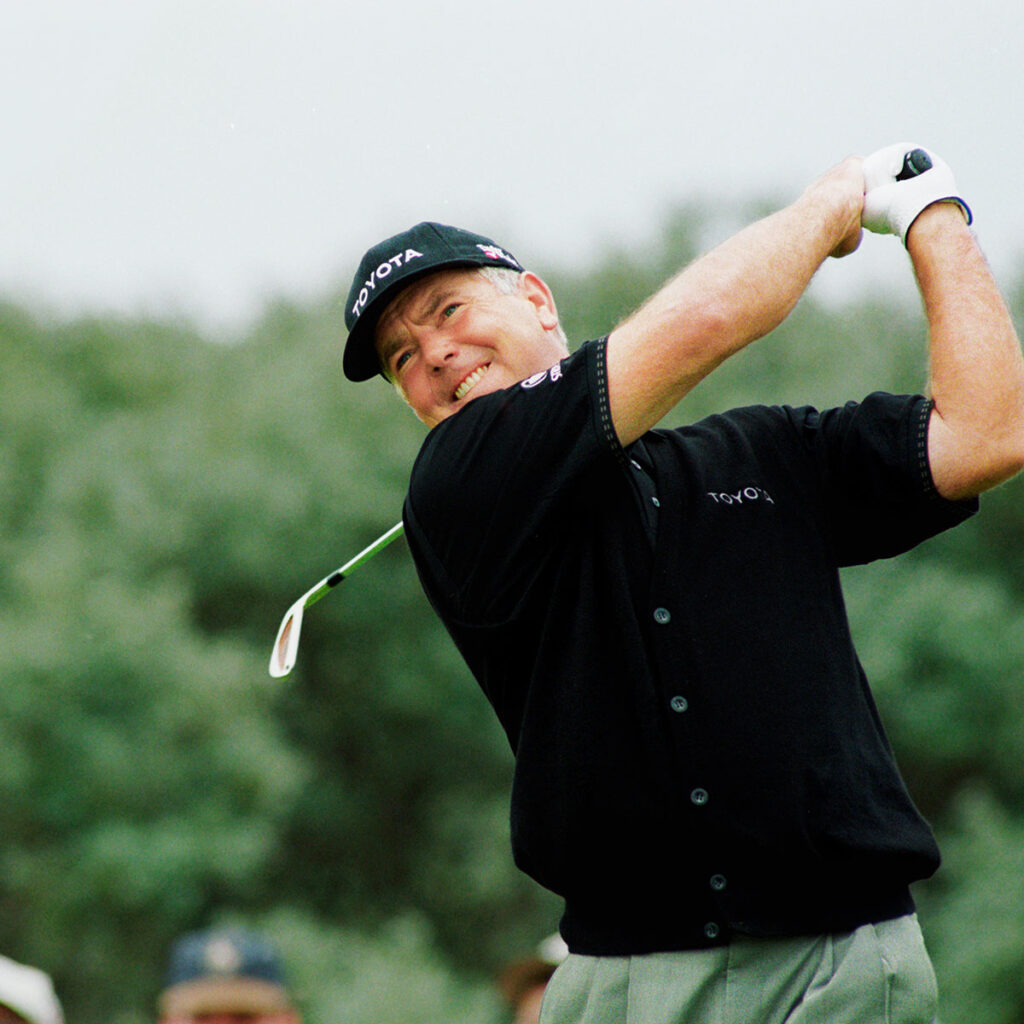
11: Mark O’Meara (1998)
At 41, O’Meara became the oldest to win two majors in a season, highlighting his remarkable 1998 hot streak.

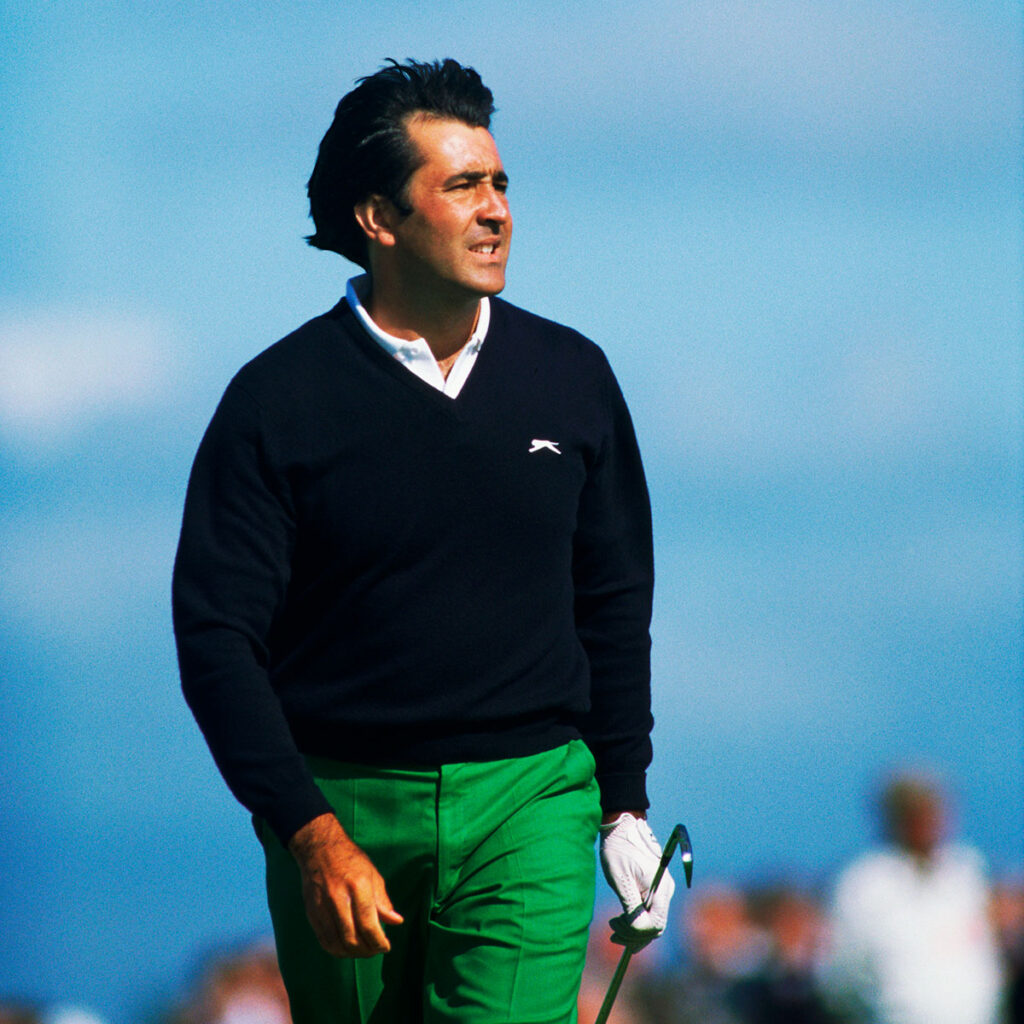
12: Seve Ballesteros (1988)
Ballesteros scored seven wins in seven countries: Spain, England, the US, Sweden, Germany, France and Japan.

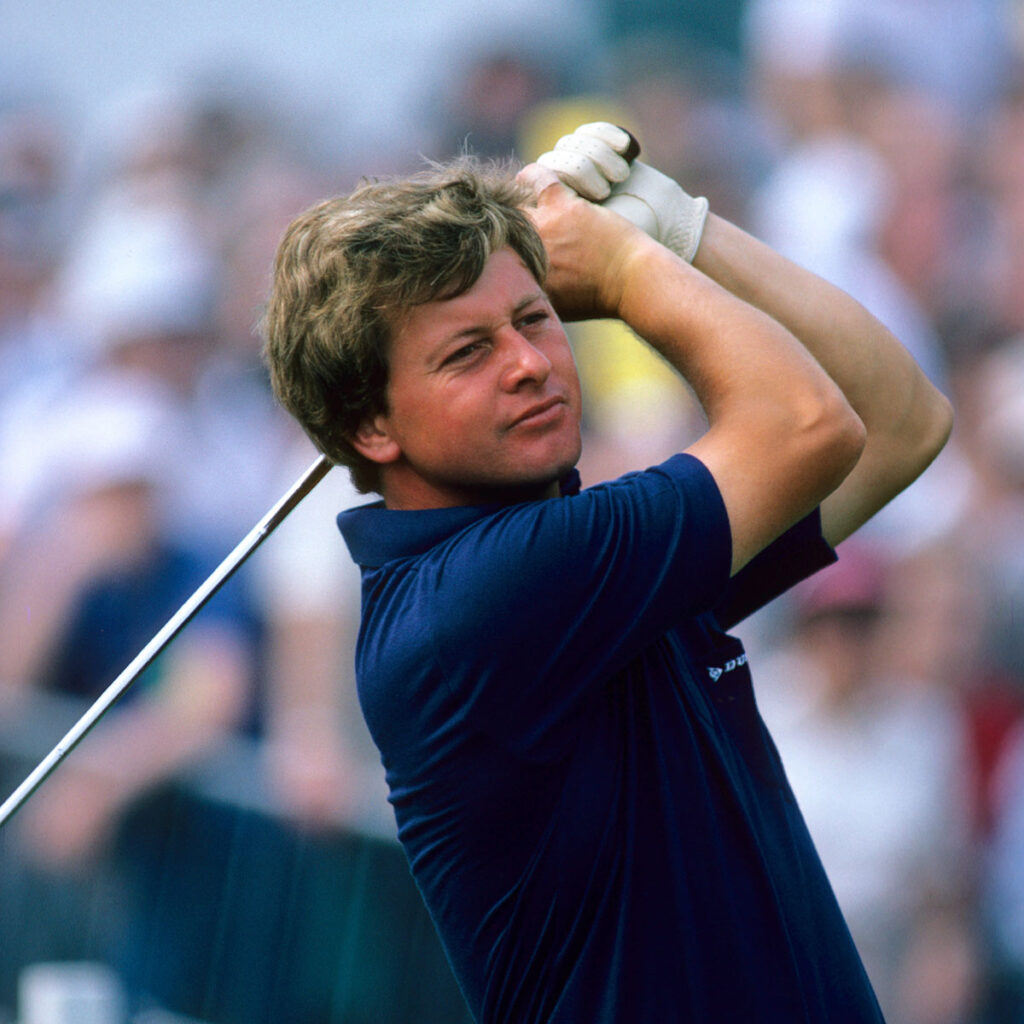
13: Ian Woodsnam (1987)
He was bombing-and-gouging before it was cool, launching 300-yard drives with a persimmon and balata.


14: Luke Donald (2011)
Short-game wizardry helped Donald finish inside the top 10 in nearly
75 percent of his starts in 2011.

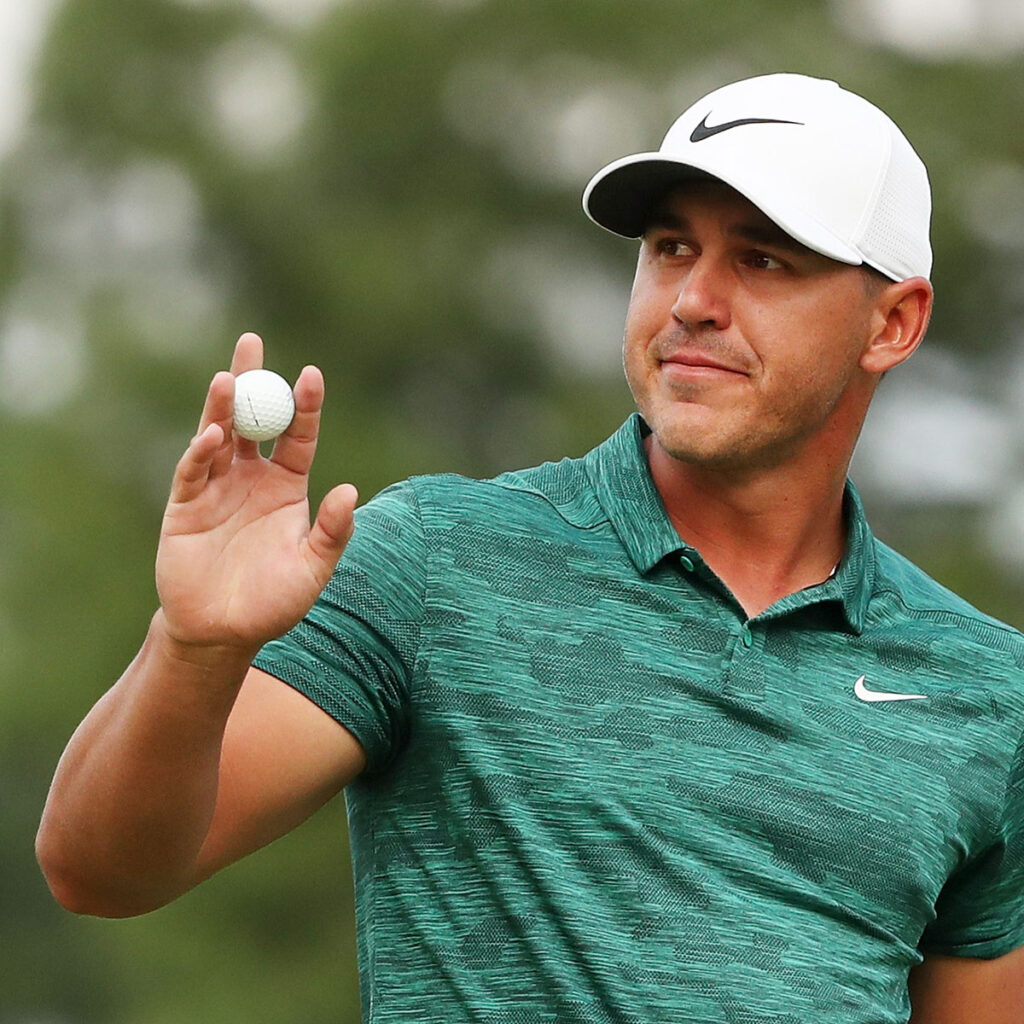
15: Brooks Koepka (2018)
He was the first since 1989 to defend the US Open and first since Tiger in 2000 to follow with a PGA win.


16: Sandy Lyle (1988)
His 72nd-hole birdie made him Great Britain’s first Masters winner and the first Scot to win a US major in 50-plus years.

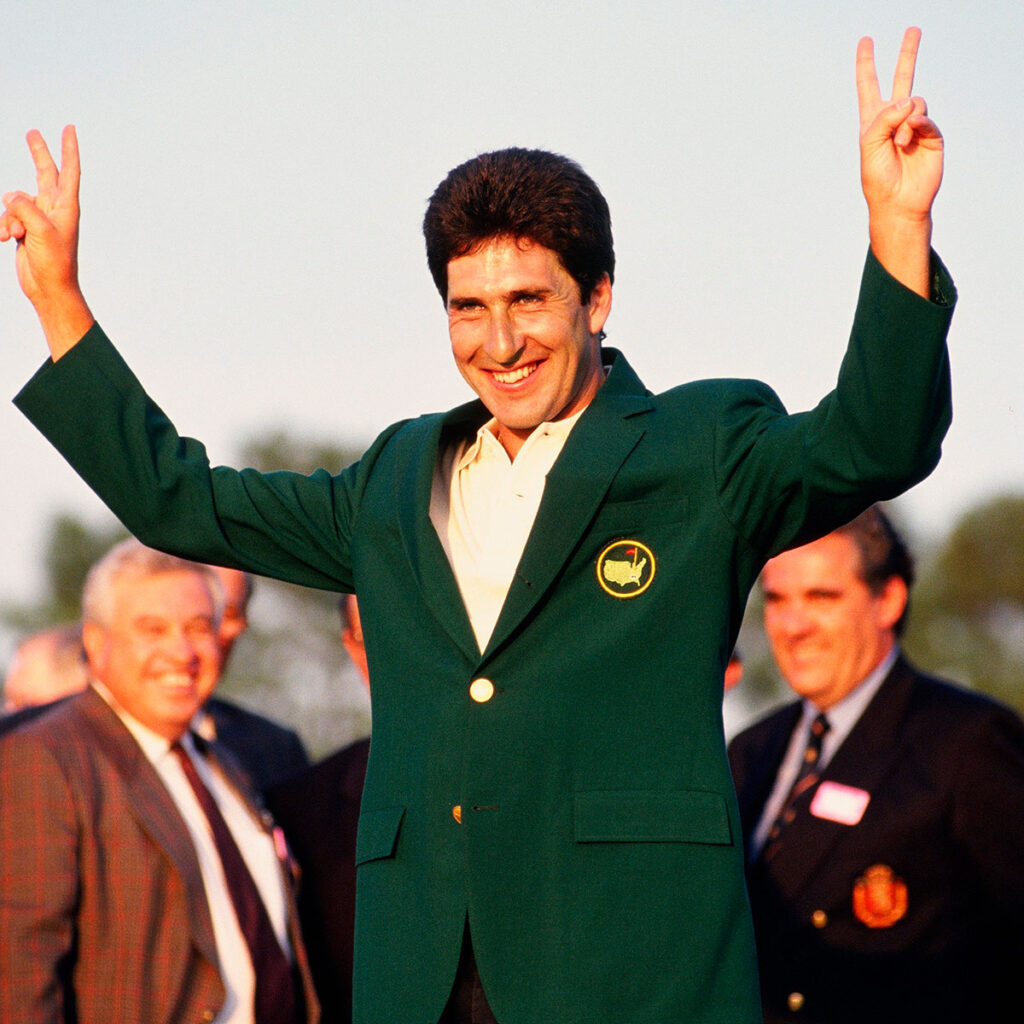
17: Jose Maria Olazabal (1994)
Olazabal paired his first green jacketin 1994 with a win at the European Tour’s flagship event.

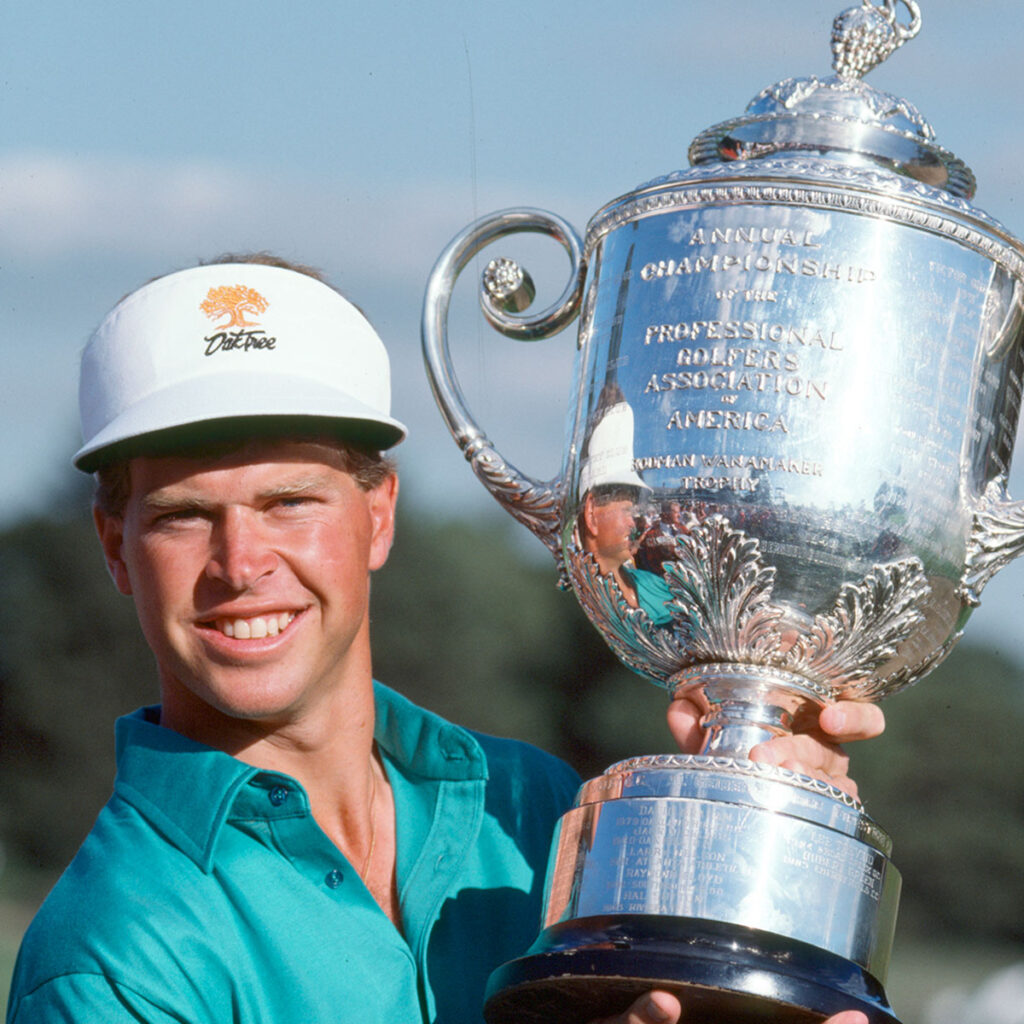
18: Bob Tway (1986)
He squeezed the most out of his career year, playing 37 tournaments – more than anybody else on this list.

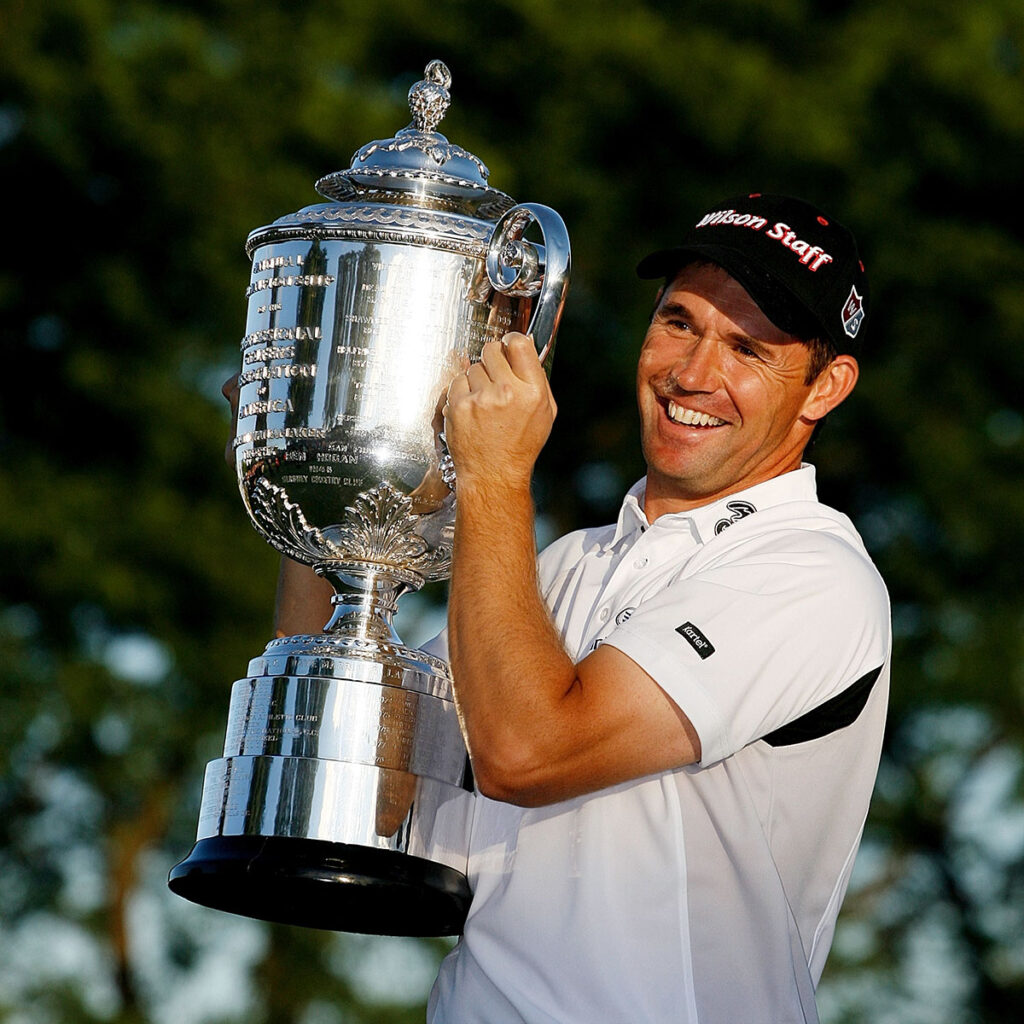
19: Padraig Harrington (2008)
He became the first player since Tiger Woods to win two majors in a season. Interestingly, those were Harrington’s only two wins that year.


20: Lee Westwood (2000)
Westwood ended Colin Montgomerie’s seven-year reign atop the European Tour’s Order of Merit.

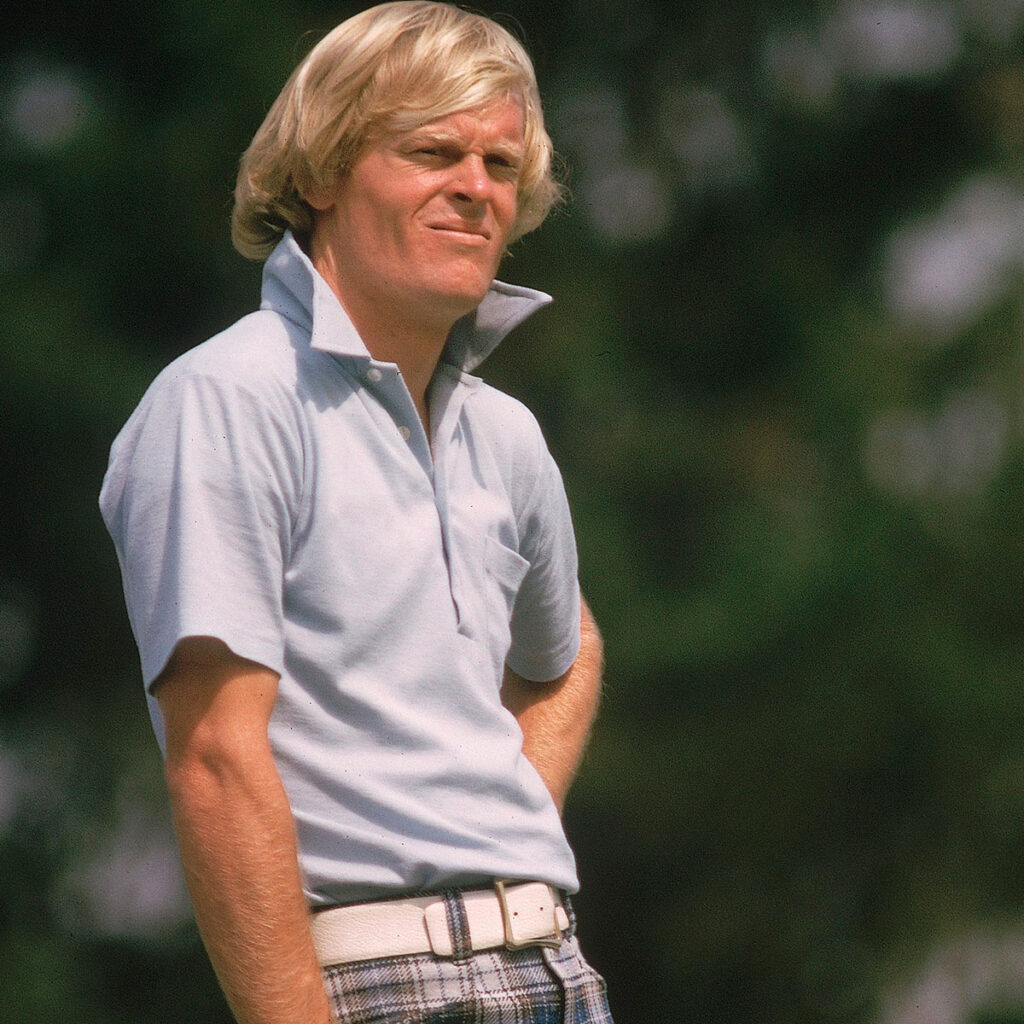
21: Johnny Miller (1974)
With a 21 percent win rate, he shattered Nicklaus’ money record during a year he said he wouldn’t trade for another major.


22: Jason Day (2015)
Riding a hot putter, Day finished sixth in Strokes Gained/Putting in 2015 and then led the tour in 2016.

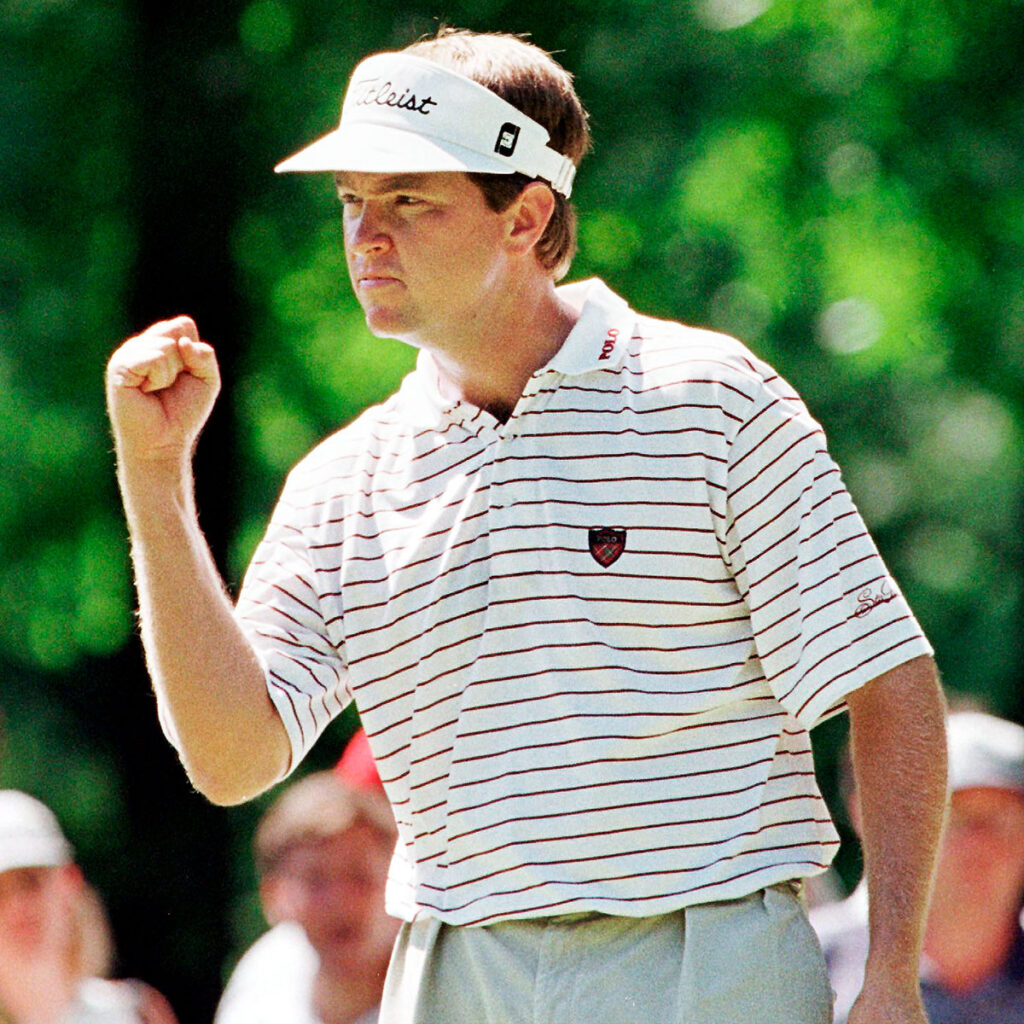
23: Davis Love III (1997)
His consistent power through the bag helped him lead the tour in par-5 birdies and par-4 bogey avoidance.

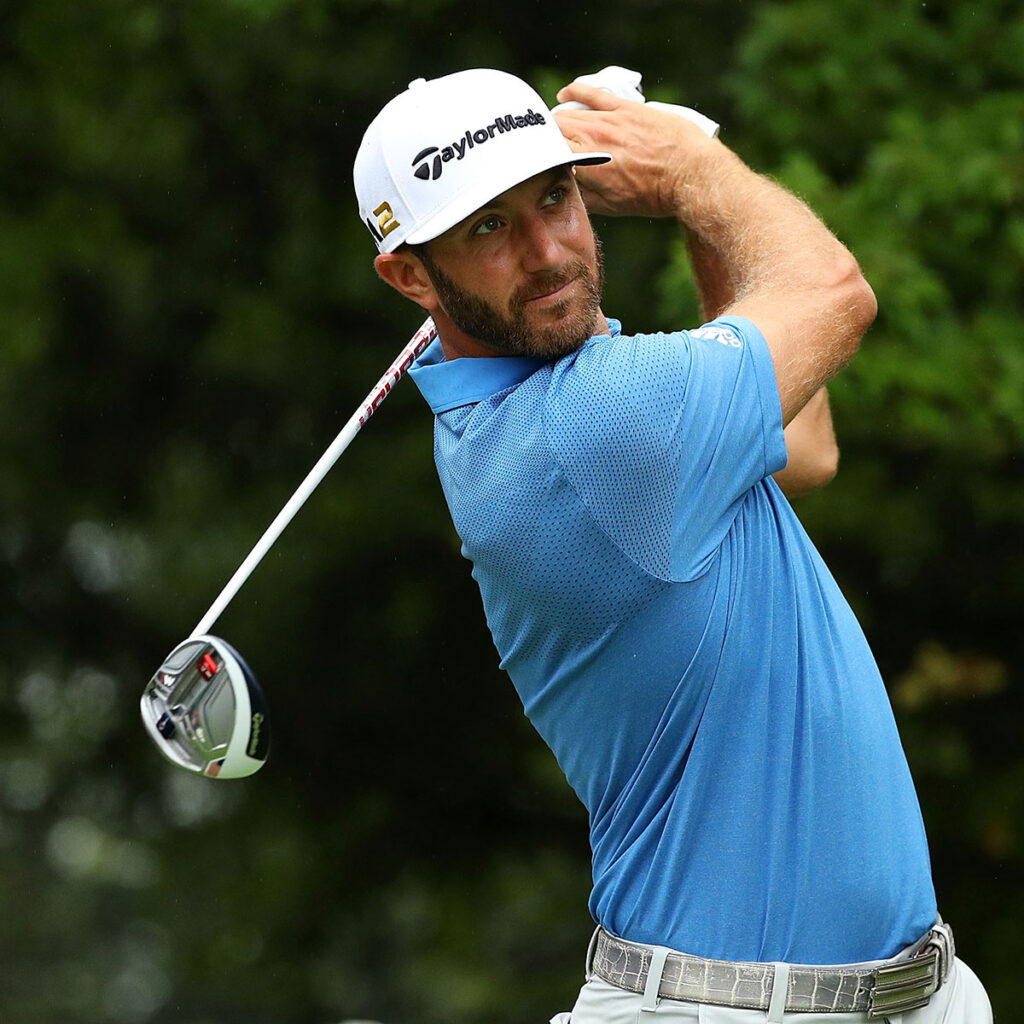
24: Dustin Johnson (2016)
The ever-dependable ball-striker converted more than 35 percent of his birdie putts this season.

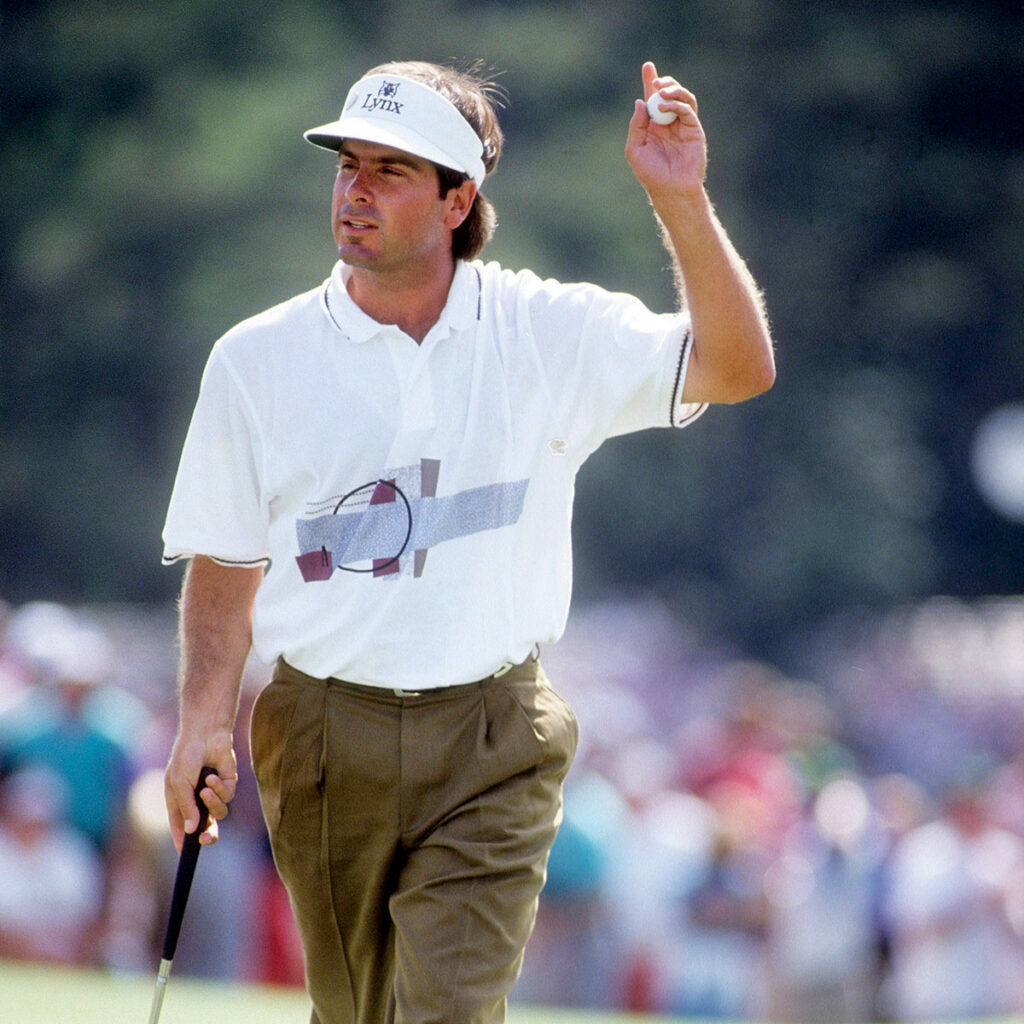
25: Fred Couples (1992)
He won twice and finished second twice during the five weeks leading up to the Masters, then slipped on the green jacket.

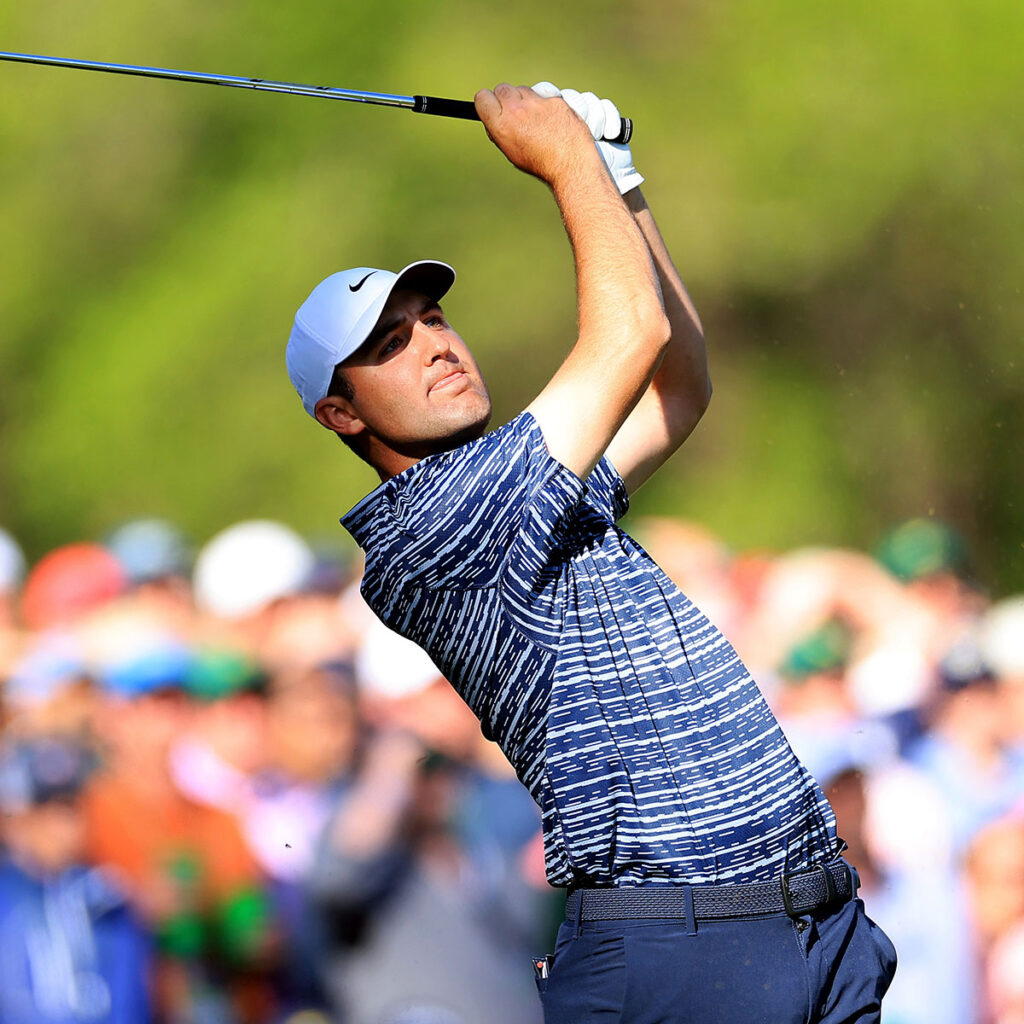
26: Scottie Scheffler (2023)
He gained more strokes tee-to-green than any player since the stat was created, but putted tepidly.

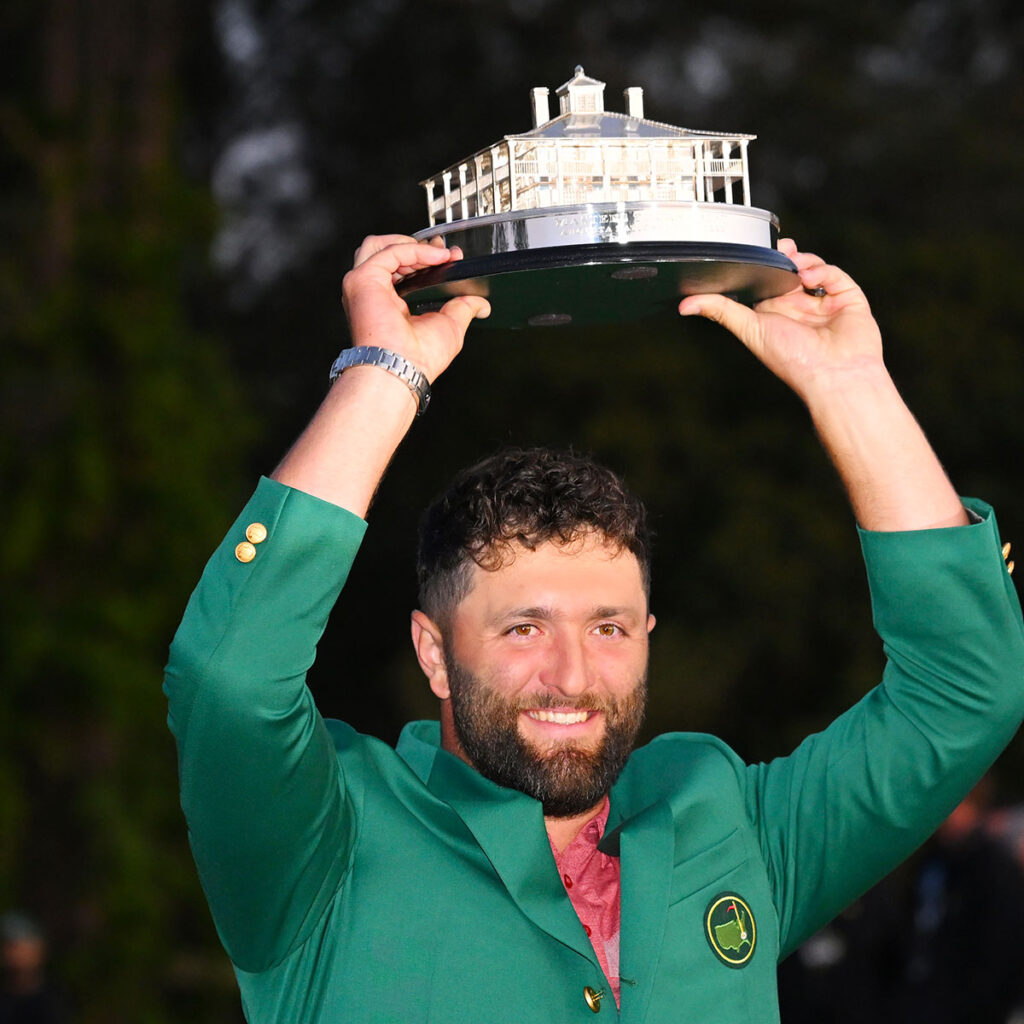
27: Jon Rahm (2023)
His Masters-winning season began with three wins and five top-seven finishes in seven starts. Then he cashed in for LIV.


28: Justin Thomas (2017)
He shot 59 in January, 63 at the US Open in June and lifted the PGA Championship trophy in August.

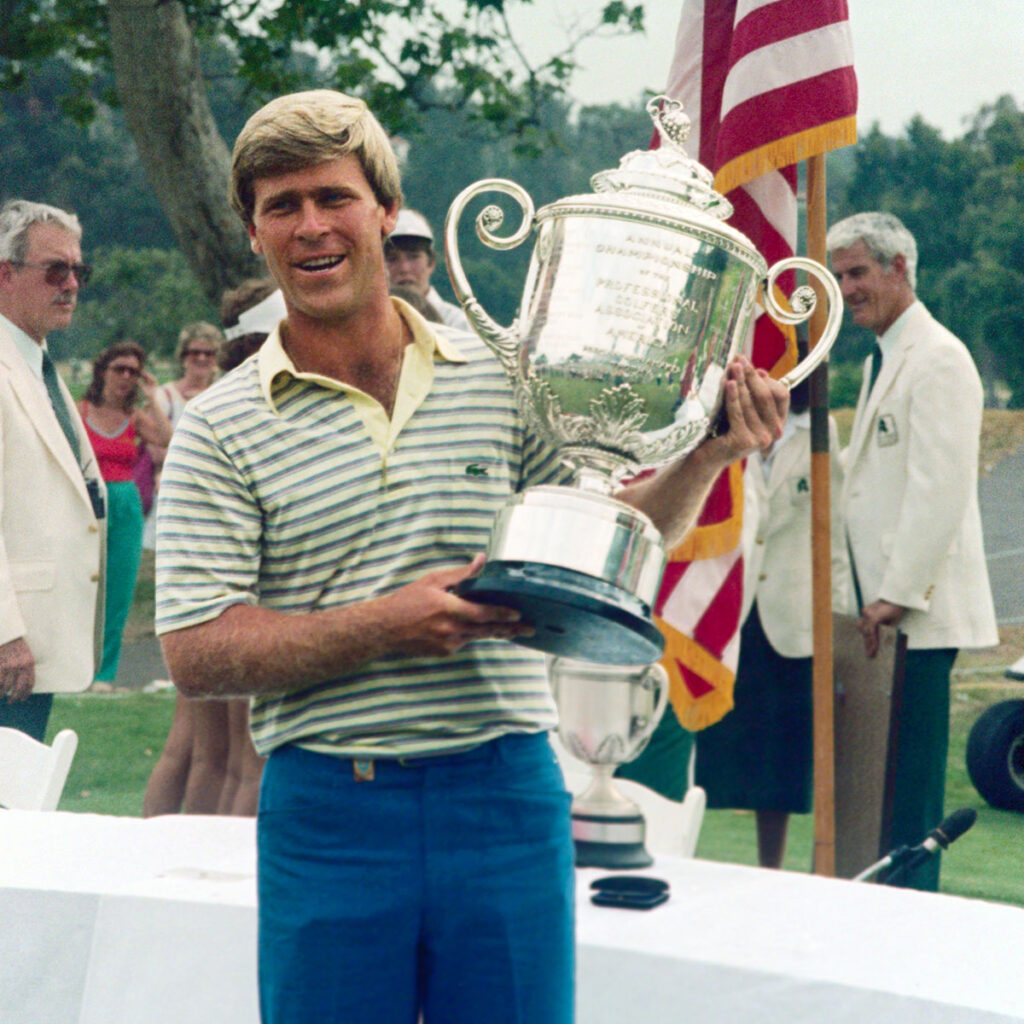
29: Hal Sutton (1983)
He won the Players and PGA, marking the high point of a career that included another Players win in 2000.


30: Martin Kaymer (2010)
He was the first since Tiger Woods to win three consecutive tournaments and ascended to world No.1 in 2011.


31: Cameron Smith (2022)
With the best putting average (1.68 per hole) on the PGA Tour, Smith won the 150th Open, then joined LIV Golf.

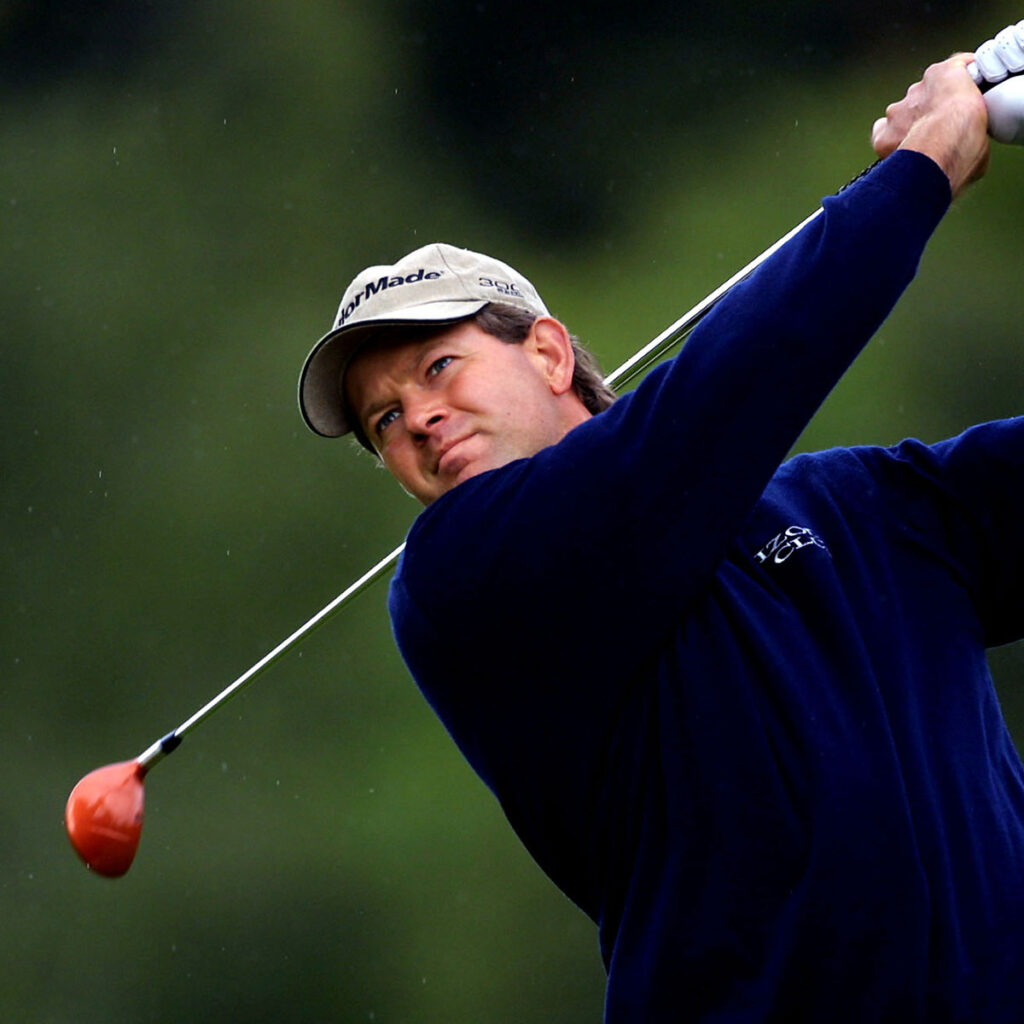
32: Retief Goosen (2001)
The US Open win was in the middle of a run with one international victory from 1995 to 2007, except for 1998.


33: Tom Lehman (1996)
After years of toiling on the satellite tours, Lehman had his hottest year with two of his five PGA Tour wins.


34: Colin Montgomerie (1994)
His seven-year run atop the European Order of Merit was marked by many major near-misses.

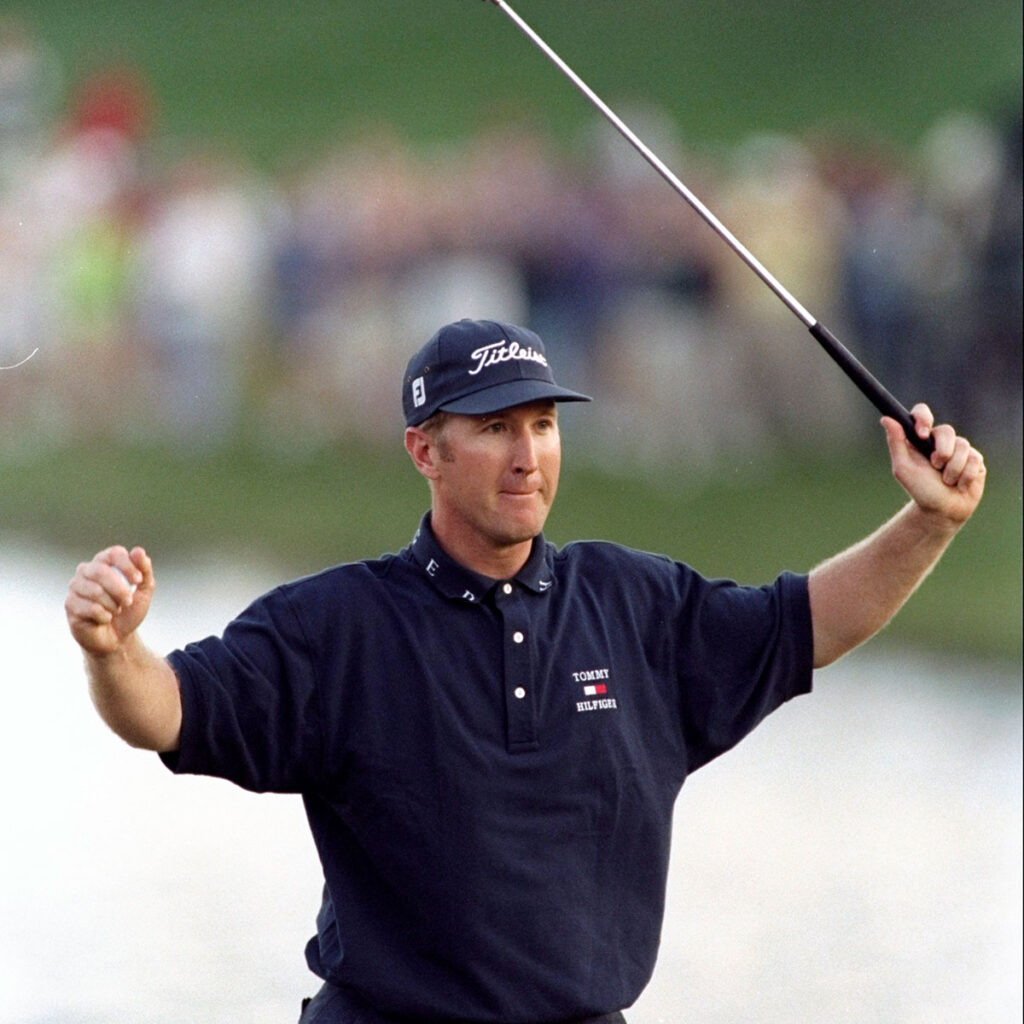
35: David Duval (1995)
Duval overtook Tiger Woods as world No.1 while winning four times and shooting a 59 at the Bob Hope.


36: Phil Mickelson (2004)
A Masters win and three near-misses in majors in 2004 highlighted the greatest season of many for Mickelson.


37: Curtis Strange (1998)
Two wins in May and one in June – the US Open – made him the first player to win more than $US1 million in a season.


38: Adam Scott (2013)
Scott snapped years of shoulda-coulda when his Strokes Gained/Putting got to within a whiff of tour average.

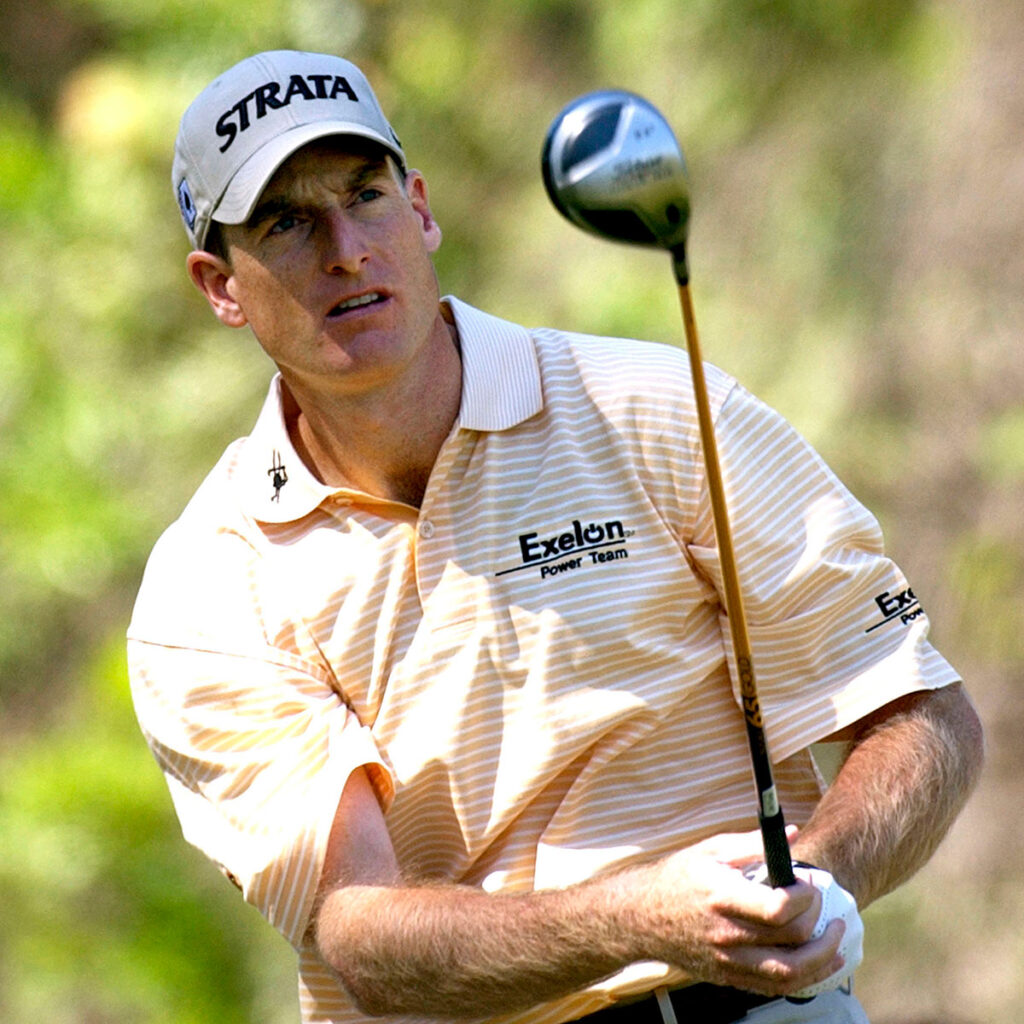
39: Jim Furyk (1993)
Forced into a last-minute putter change when his was declared non-conforming the week before the US Open, Furyk tied the US Open’s 72-hole scoring record.


40: Ray Floyd (1981)
He won across four decades and four majors, and his 1981 Players victory came during his most solid season.

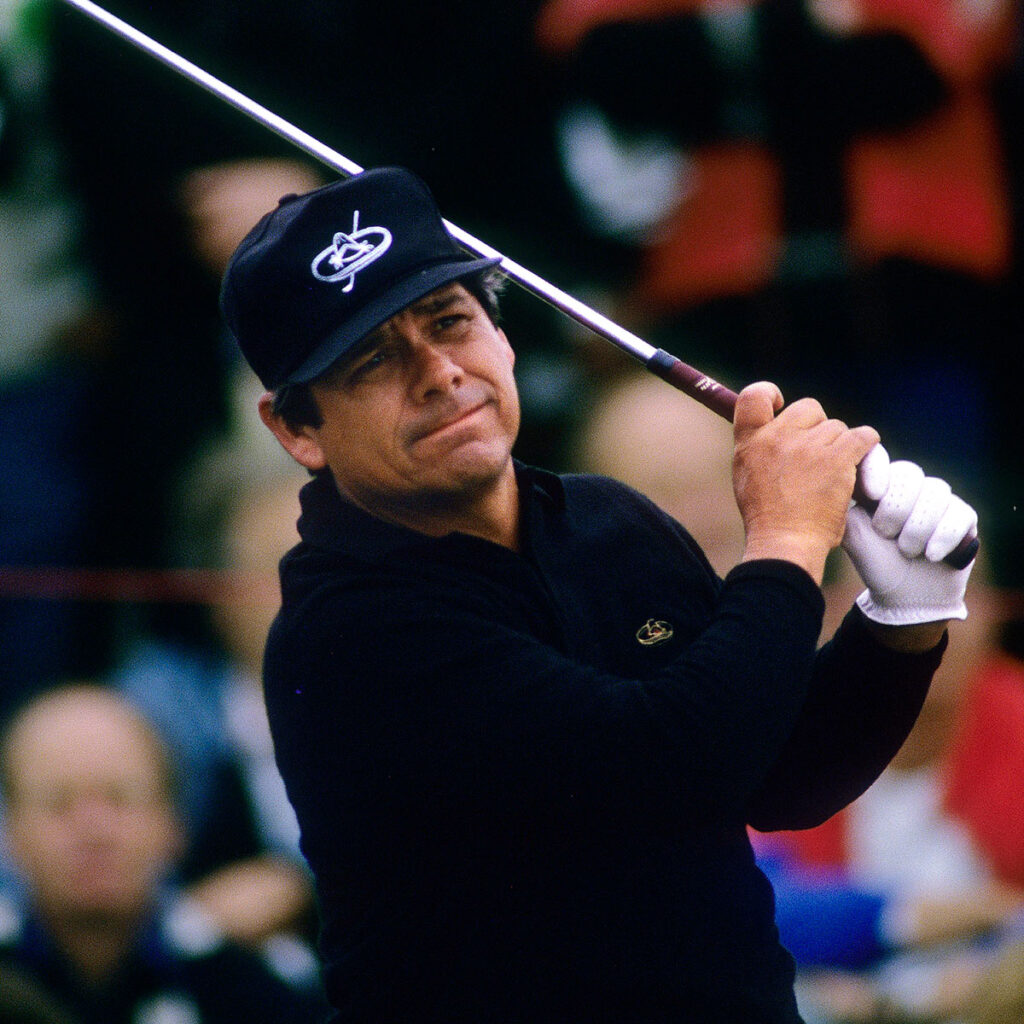
41: Lee Trevino (1980)
Trevino’s early years didn’t make the 1974 cutoff date for our ranking, but his stellar 1980 season did.

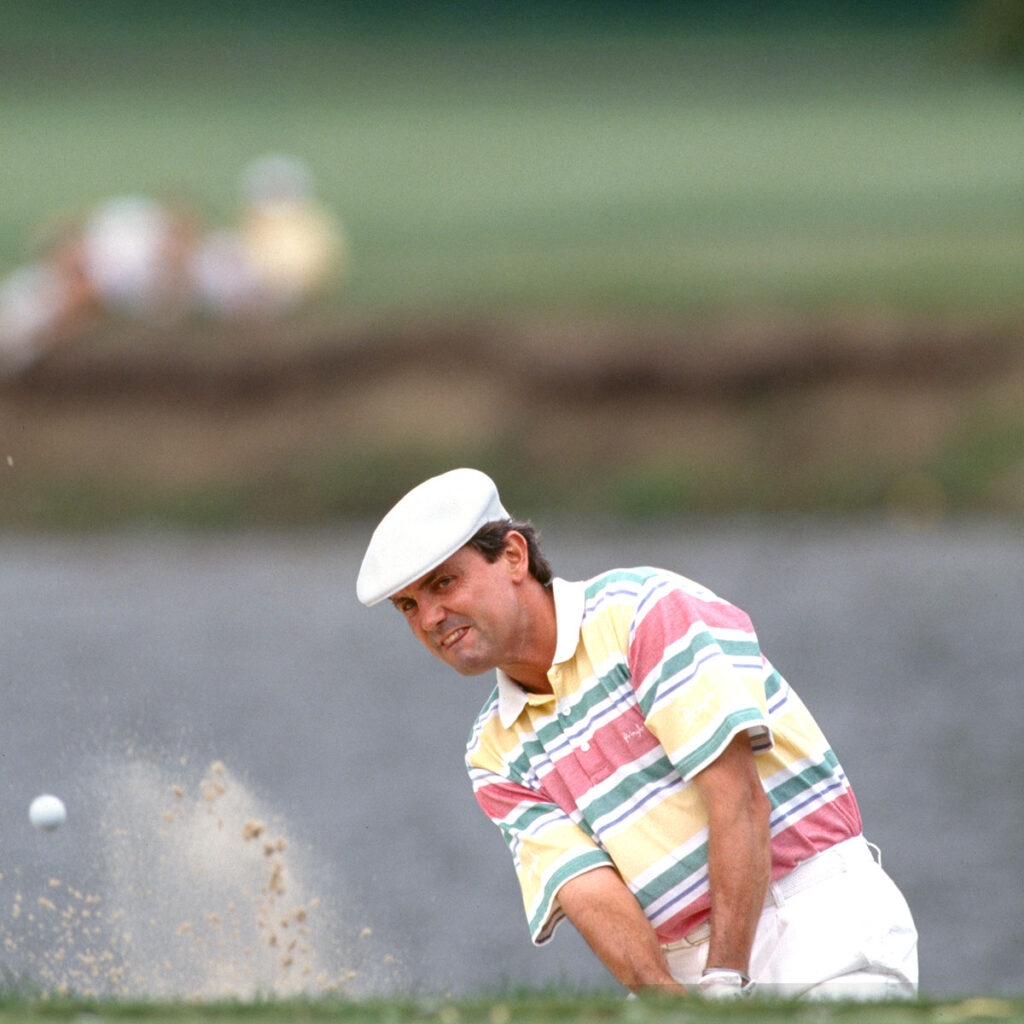
42: Mark McNulty (1990)
McNulty’s career year came during a stretch when he spent 83 weeks inside the top 10 of the world ranking.


43: Tom Kite (1981)
Kite finished inside the top 10 in more than 80 percent of his starts during his most consistent season.

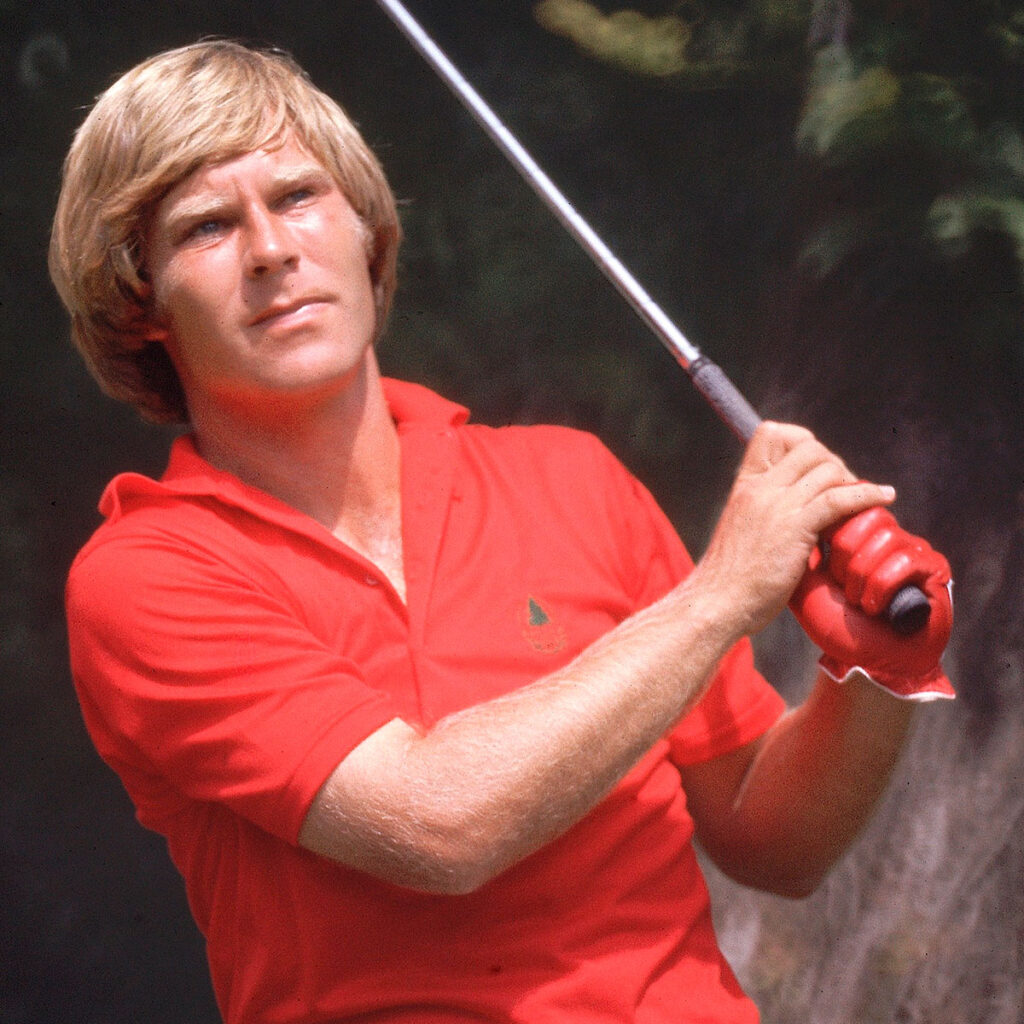
44: Ben Crenshaw (1976)
He grabbed the first of five runner-up finishes in majors before eventually winning one in 1984.


45: Henrik Stenson (2016)
He hit more than 70 percent of his fairways and greens and gained 1.55 strokes from tee-to-green.

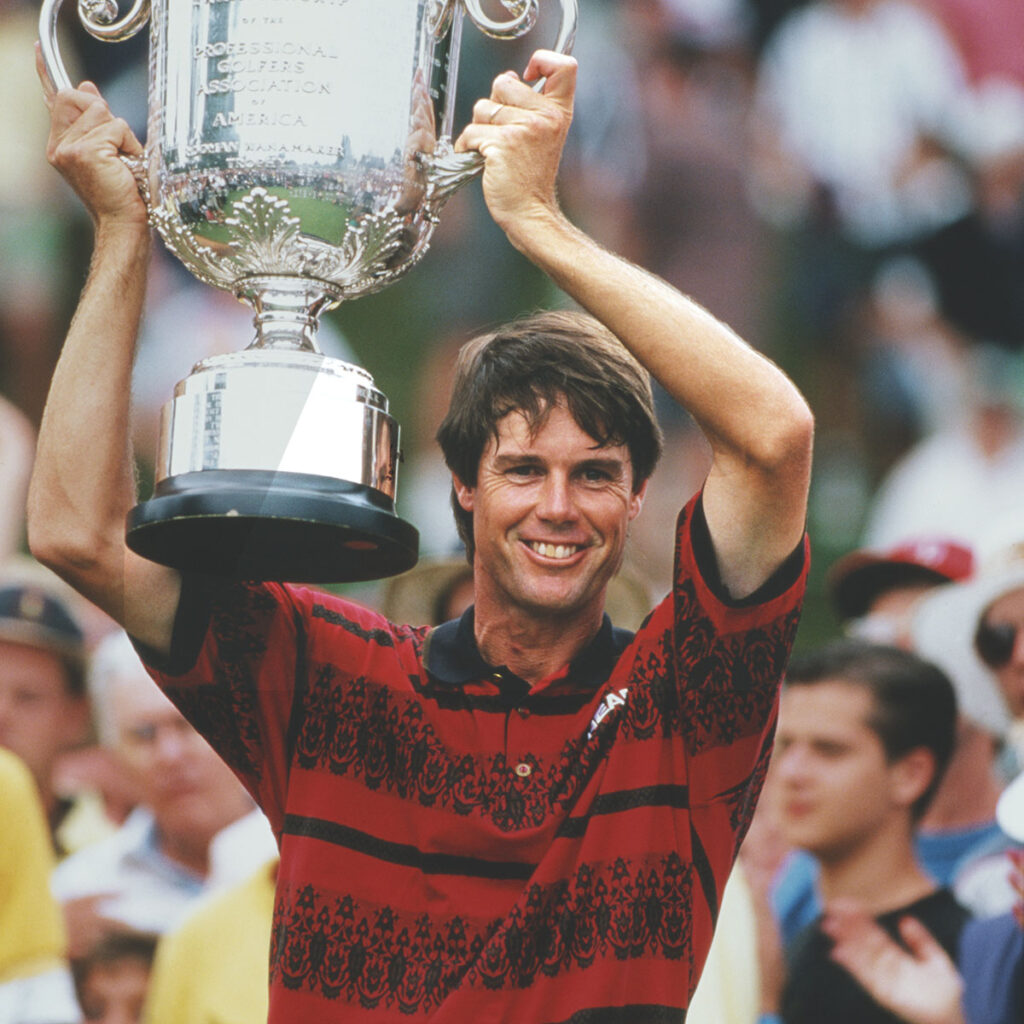
46: Paul Azinger (1993)
Three wins and a major was the zenith of a career that was soon sidelined by a cancer diagnosis.

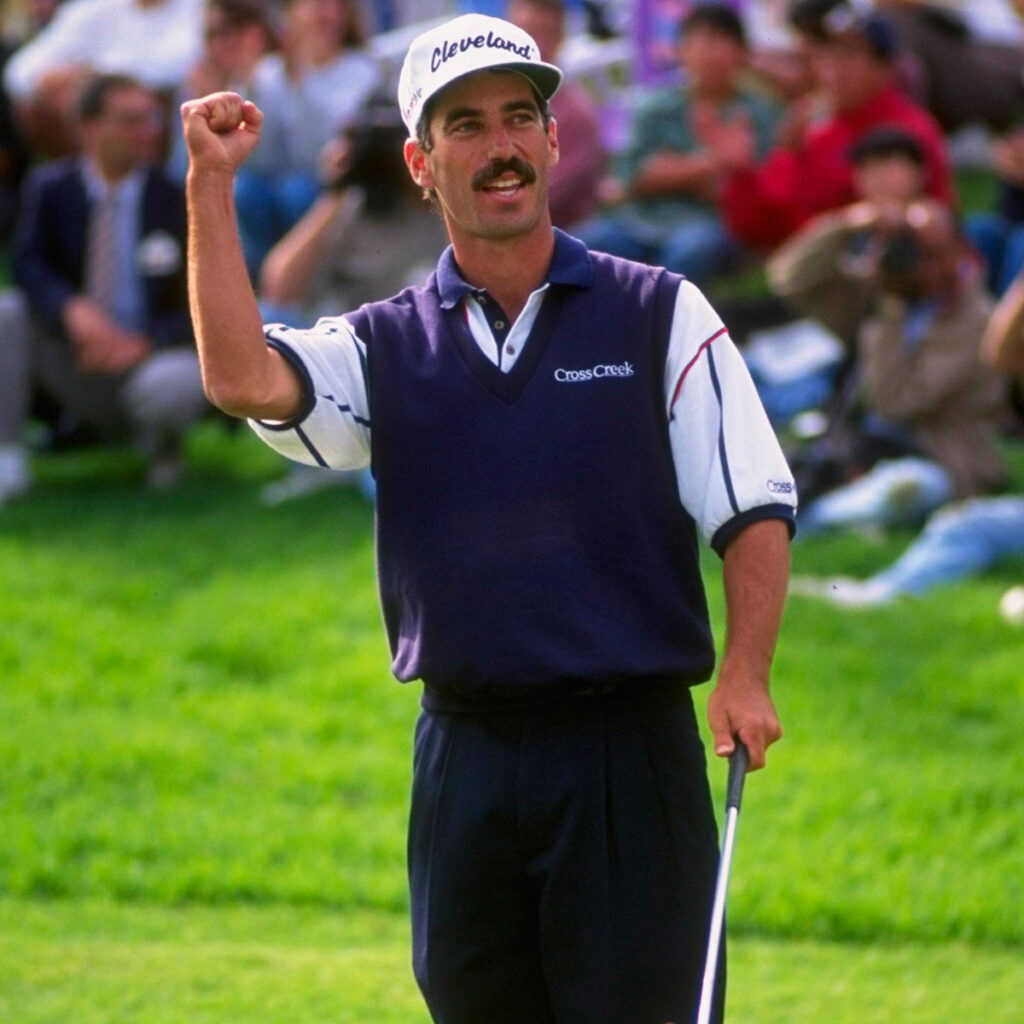
47: Corey Pavin (1995)
Among the shortest drivers on tour at 254 yards, Pavin slayed mighty Shinnecock Hills for his US Open win.

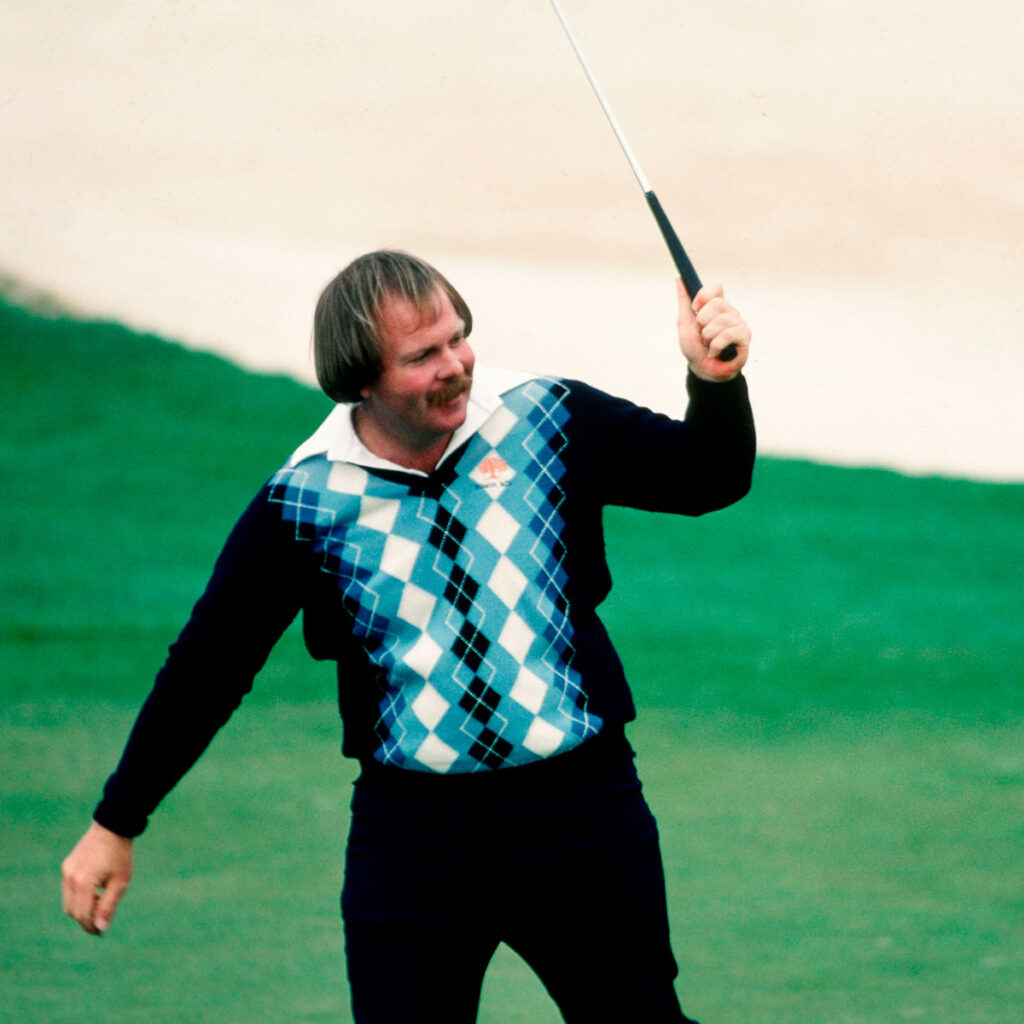
48: Craig Stadler (1982)
Stadler got putting advice from pal Dave Stockton, then nabbed four of his 13 career wins, including the Masters.

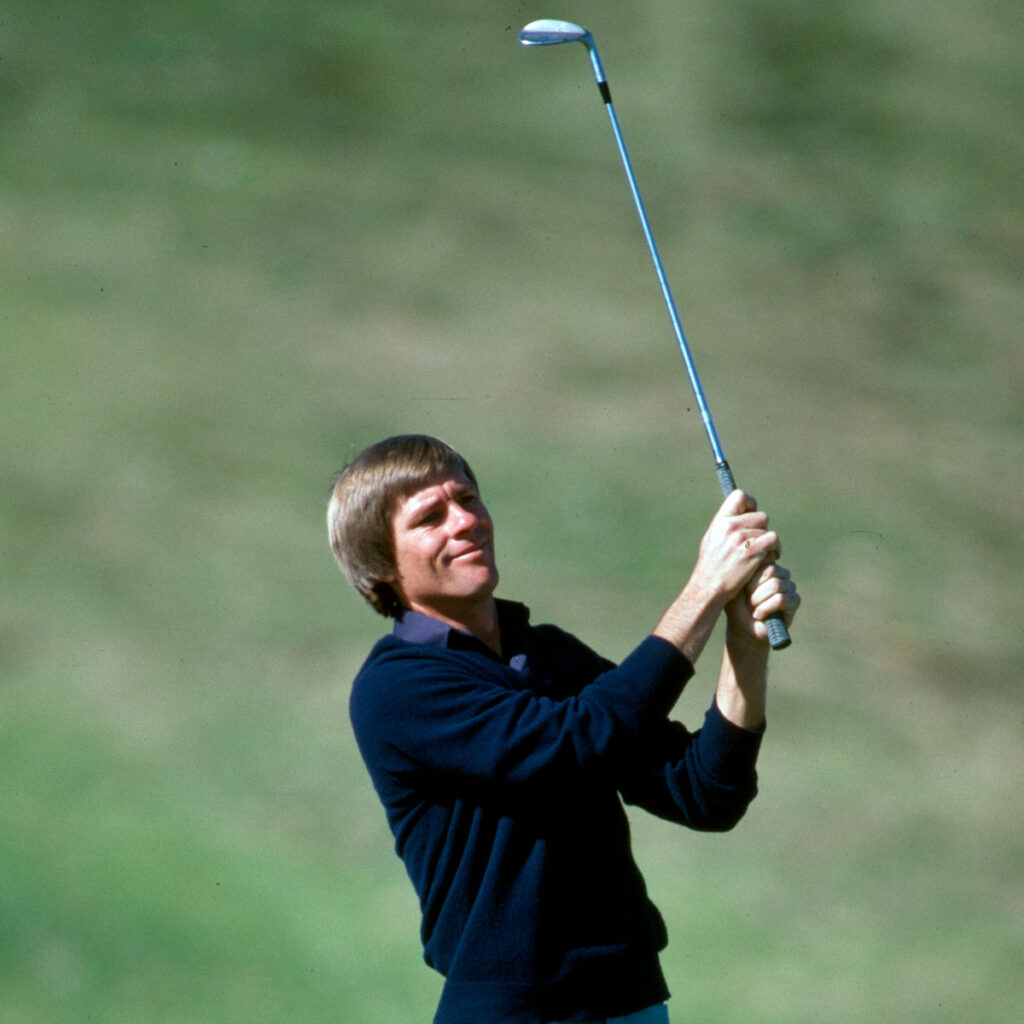
49: Bill Rogers (1981)
In an era of limited travel, Rogers won in England, the United States, Australia and Japan.


50: Sergio Garcia (2002)
Three wins and four top 10s in majors left many wondering if Garcia would be Europe’s counterpart to Tiger Woods.




